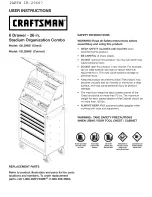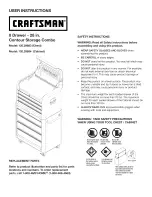
Bundled cables can obstruct the movement of conditioned air around your storage
system.
■
Secure cables away from fans.
■
Keep cables away from the intake holes at the front of the storage system.
■
Use flooring seals or grommets to keep conditioned air from escaping through cable
holes.
Preparing for future maintenance
Design your cable infrastructure to accommodate future work on the storage system.
Give thought to future tasks that will be performed on the storage system, such as
locating specific pathways or connections, isolating a fault, or adding or removing
components.
■
Purchase colored cables or apply colored tags.
■
Label both ends of every cable to denote the port to which it connects.
AC power cables
Utility AC power standards for connector types and voltage levels vary by country. Hitachi
provides a variety of power cables that facilitate using storage systems around the world.
Hitachi power cables meet the safety standards for the country for which they are
intended.
Power cable assemblies
For information about racks and power distribution units (PDUs), refer to the Hitachi
Universal V2 Rack Reference Guide.
Hitachi power cables consist of three parts:
■
Plug: Male connector for insertion into the AC outlet providing power. The physical
design and layout of the plug's contact meet a specific standard.
■
Cord: Main section of insulated wires of varying length, whose thickness is
determined by its current rating.
■
Receptacle: Female connector to which the equipment attaches. The physical design
and layout of the receptacle's contacts meet a specific standard. Common standards
are the IEC C13 receptacle for loads up to 10 amperes (A) and the IEC C19 receptacle
for loads up to 15 A.
AC power cables
Appendix D: Data and power cables
Hitachi Virtual Storage Platform F700 Hardware Reference Guide
81















































